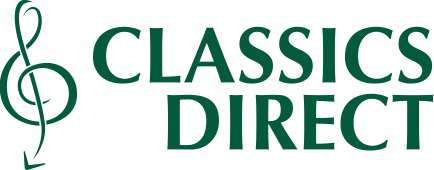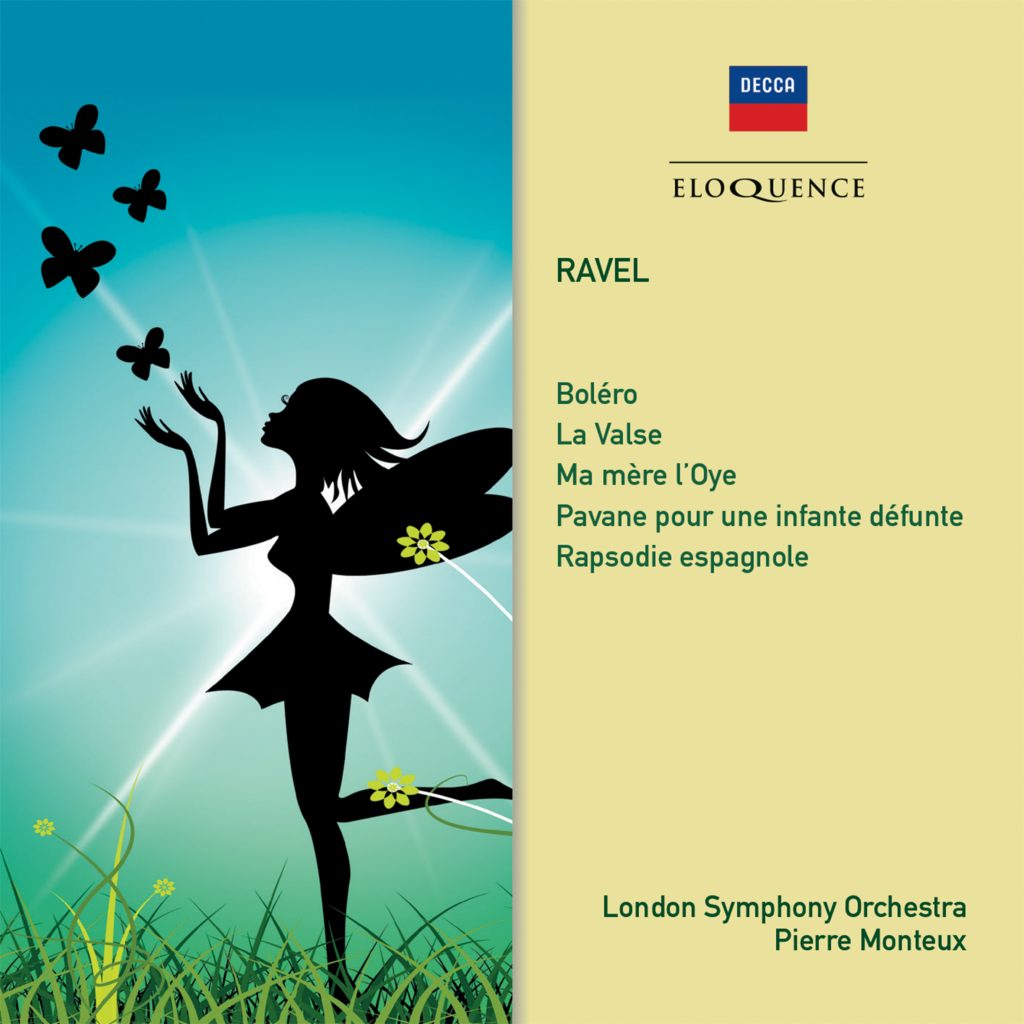Pierre Monteux is the ideal interpreter of Ravel that great teaser and lover of mystification. Born less than a month apart in 1875, the two men were bound to come together in pre-war Paris which was such fertile ground for artistic novelty. The 1914-18 war scattered the main actors of Parisian musical life. Like Ravel, Monteux was mobilised, then discharged. With no means of support in a dormant city, he followed Varèse and embarked for the United States where he conducted French repertoire at the Metropolitan Opera, New York and then in Boston from 1919 to 1924. At that point, a musicians’ strike forced him to resign and return to Europe where he gradually made his way everywhere, particularly in Amsterdam. In 1964, he made what was to become his final recording with the LSO – a disc of Ravel’s music for Philips of ‘Boléro’, ‘La Valse’ and ‘Ma mère l’Oye’. Three years earler he recorded ‘Pavane pour une infante défunte’ and ‘Rapsodie espagnole’ for Decca. The performances reveal a perfect harmony of mind between conductor and composer; Monteux spoke Ravel’s language in everyday life.
MAURICE RAVEL
Boléro
La Valse
Ma mère l’Oye
Pavane pour une infante défunte
Rapsodie espagnole
London Symphony Orchestra
Pierre Monteux
Recording Producers: Erik Smith (Pavane pour une infante défunte, Rapsodie espagnole); Vittorio Negri (Boléro, La Valse, Ma mère l’Oye)
Balance Engineers: Kenneth Wilkinson (Pavane pour une infante défunte, Rapsodie espagnole); Co Witteveen, Frits van Swoll (Boléro, La Valse, Ma mère l’Oye)
Recording Locations: Kingsway Hall, London, UK, 11–13 December 1961 (Pavane pour une infante défunte, Rapsodie espagnole); Walthamstow Assembly Hall, London, UK, 22–26 February 1964 (Boléro, La Valse, Ma mère l’Oye)
‘Monteux plays these luscious scores with a full awareness of their aloof and almost lunar romanticism … Monteux plays the exquisite score of ‘Ma mère l’Oye’ with complete understanding.’ (Boléro, La Valse, Ma mère l’Oye) Gramophone
‘All portamentos (where marked) rise and fall beautifully – and together – under the fingers; you will also hear a great range of vibrato … and if you are unable to succumb totally to the maximum vibrato and extraordinary textures as Monteux leads us through the “Fairy Garden” at the end of ‘Ma mère l’Oye’ then you are a lost cause … words are inadequate to describe this calibre of music-making.’ (Boléro, La Valse, Ma mère l’Oye) Gramophone
‘I never expect to hear the Ravel works more exquisitely performed or recorded … In the ‘Pavane’ there is extreme delicacy and restraint, together with a beautiful sense of remote pathos … As for the ‘Rapsodie espagnole’, one has to marvel at the artistry of both Monteux and the LSO. Tempo and rhythm are dead right; every nuance of this super-subtle score is brought out by the most sensitively pointed phrasing and a fantastic command of rubato; and all sections of the orchestra cover themselves in glory’ (Pavane, Rapsodie espagnole) Gramophone




